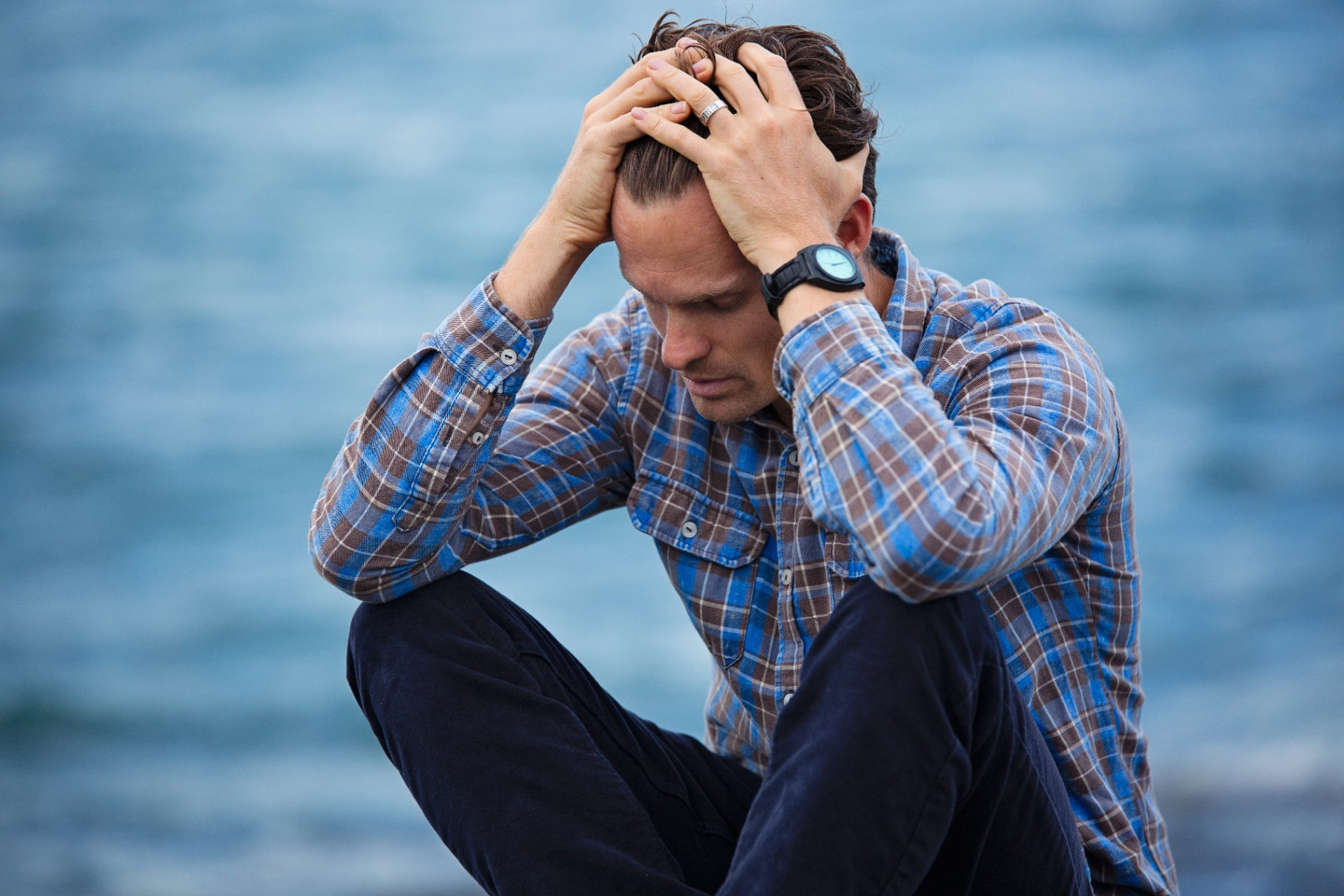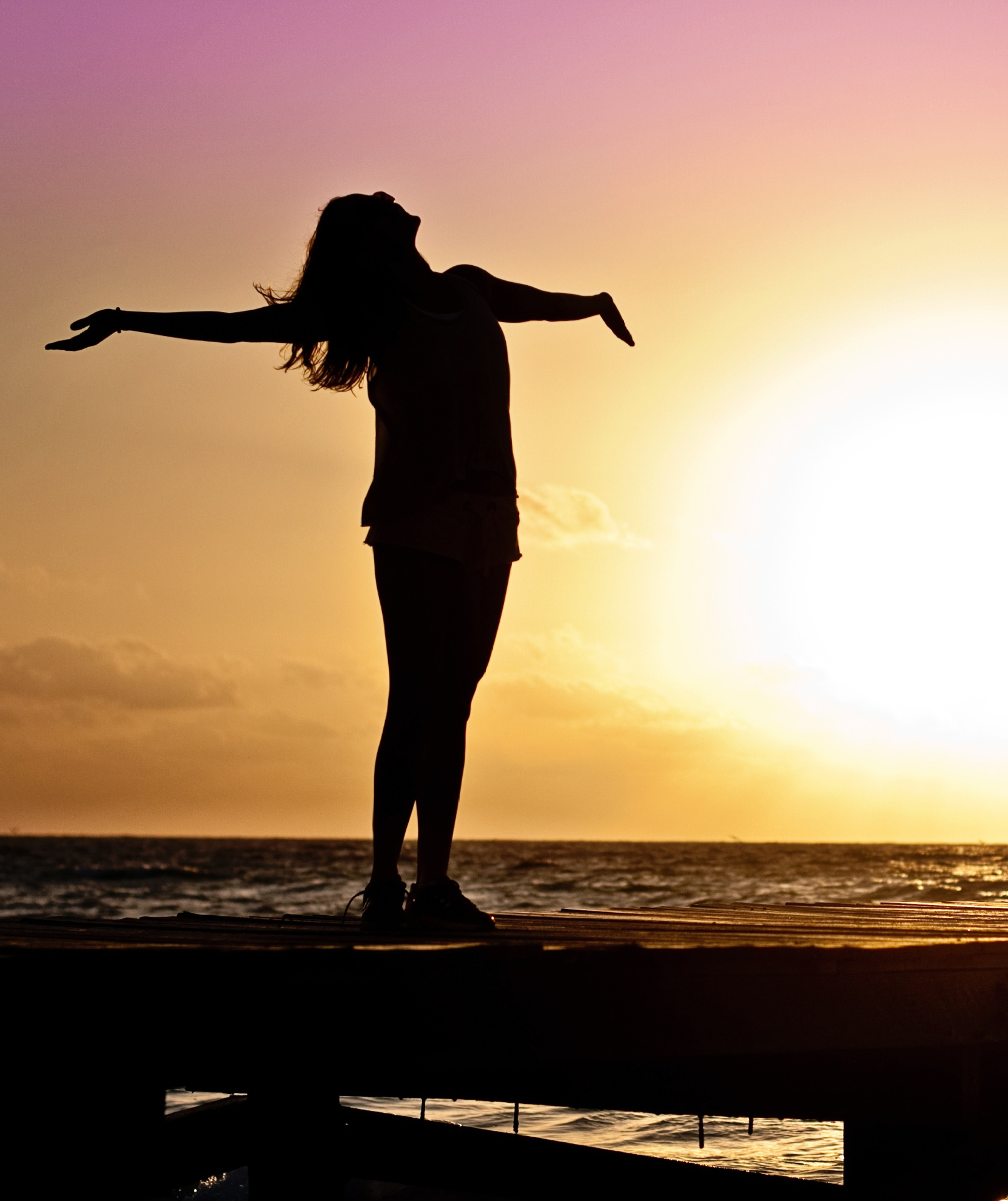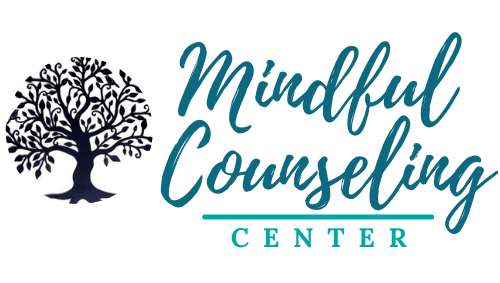Riding the Wave of Anxiety

We all experience anxiety at times. No one is exempt.
There are a variety of ways in which anxiety can present itself to us. For example, you could be lost in thought – worrying about something or someone, ruminating over a recent event, feeling physical tension somewhere in your body, having headaches, feeling your heart rate rising, or feeling clammy, short of breath or panic. I’ve heard many definitions of anxiety – here are two that I find especially helpful:
- Anxiety is what happens when we try to control things that we cannot control. What are things we can’t control? Maybe a situation with a friend or family member, another person’s behavior, the future, others?
- Anxiety occurs when you overestimate the “dread” or distress of something and underestimate your ability to handle it. (“There’s no way I can do that”, What if…?)
Some of the physical symptoms of anxiety include rapid heartbeat, chest tightness, GI distress and dizziness. Our first impulse when feeling these sensations is to try and get rid of the discomfort and relieve the intensity of the feelings. Unfortunately, those impulses can actually prolong or intensify the feelings.
Anxiety can be thought of as waves in the ocean.
When we wade into the water, waves come toward us and then pass. When we feel anxious, it’s as if we are trying to push back the waves coming at us – which, as you know, is futile.
Instead, the key to coping with anxiety is to allow the feelings and tolerate the discomfort – by “riding the wave.” Riding the wave of anxiety includes, but is not limited to, noticing feelings, breathing deeply and reminding yourself that the feeling (the wave) will pass. It can also be helpful to rate the intensity of the feeling (e.g., on a scale of 1 to 10) and re-rate the intensity after some time has passed.
Ride the wave of anxiety using mindfulness.
I recently listened to a podcast, How to Break Your Anxiety Habit (10% Happier, 3-10-21), that resonated with me, and I’m excited to pass on the highlights to you. Dr. Jud Brewer, a neurological researcher and author of Unwinding Anxiety: New Science Shows How to Break the Cycles of Worry and Fear to Heal your Mind, explained in the podcast the brain processes involved in anxiety, how to navigate the thoughts, feelings and behaviors that come up when we’re anxious, and how to change our experience of anxiety to manage it more effectively.
According to Brewer, anxiety is a complicated phenomenon based on fear, but it is not the same as fear. He explains:
- We are all born with an instantaneous and instinctive brain response to fear that helps us to learn quickly in order to survive. For example, if you touch a hot stove, you will instinctively pull your hand away. From that experience, you learn to approach a stove with caution. That information is stored in our prefrontal cortex (PFC).
- The PFC helps us to think rationally and plan for the future. It predicts what will or could happen, based on past experience. However, when there is not enough information available to predict what could happen, anxiety sets in.
- Our anxious brain will begin to spin stories of fear and dread, and news or information that is especially shocking will have a much greater effect on our level of anxiety. COVID is an example of a recent event that has led to significantly higher levels of anxiety in our society. When COVID first started, we were faced with a profound uncertainty about what the future would bring – we did not have enough information about it. Anxiety skyrocketed.
In Brewer’s book, a key point is that we can’t “think” our way out of anxiety.
Our brains look to the PFC to help when we feel anxious, but anxiety resists its rational thought process. But, without the PFC, how do we “ride the wave of anxiety” without getting sucked under it into worry and fear? This is where mindful practice can come in.
Brewer outlined a 3-step process to unwind anxiety:
- Notice the anxiety
- Get curious
- Substitute a bigger and better reward
 Let’s look at these 3 steps in a little more detail, as described by Brewer.
Let’s look at these 3 steps in a little more detail, as described by Brewer.
- Become aware of your anxiety. Ask yourself: What am I experiencing right now? What are my bodily sensations? What am I thinking and feeling? What triggered the feeling of anxiety? Often, we are not even aware of what we are experiencing as anxiety as it occurs – in part, because we have developed ways of trying to dispel the worries, ruminations and tensions that life throws at us. These coping behaviors become habitual, and we can’t overcome them simply with rational thought. Examples of such “habit loops” in reaction to rising anxiety include web surfing, binge-watching T.V., having a drink, using drugs and keeping busy/distracted. We all have ways of coping with anxiety that can become entrenched. Mindfulness practices offer a powerful aid to increase your awareness, your ability to be cognizant of what is happening in your body and mind as anxiety arises.
- Get curious. Curiosity is another key mindfulness tool. Be a curious investigator. Ask: What happens when I feel my anxiety? Be curious about the breath – breathe into the anxiety and notice what happens in your body and mind. Feel the bodily sensations that occur when you breathe into it. Over time, curiosity leads to increased clarity about your experience with anxiety.
- Ask “What might feel better?” Substitute a new behavior instead of the default habit – a bigger, better option, something more rewarding. For example, having a few drinks when you are anxious may have the immediate benefit of numbing you out to fear, but you may not feel so hot the next day. Worse yet, you may develop an addiction to alcohol. A mindful option might be to mentally pause when you feel yourself becoming anxious—rather than falling into numbing or potentially harmful habit loops—taking several deep breaths and reminding yourself that the feeling will pass.
It is important that we are patient and kind with ourselves as we work to break the cycle of anxiety.
Anxiety and our habitual reactions to it have been with us for a long time; it will take time, persistence and practice to get unstuck from anxiety habit loops and rewire our brains to use what is most conducive to an anxiety-free state.
Article by Patrick Connelly & Kristin Littel
 Bonus: The Mindful Counseling Center offers FREE downloadable Mindfulness Matters Tip Sheets. Check out Tip Sheet #1, When Anxiety Rises, Ride the Wave.
Bonus: The Mindful Counseling Center offers FREE downloadable Mindfulness Matters Tip Sheets. Check out Tip Sheet #1, When Anxiety Rises, Ride the Wave.
If you want help in breaking the cycle of anxiety in your life, please reach out to The Mindful Counseling Center. We would be honored to support and assist you in your efforts.
Related: Power of the Pause
